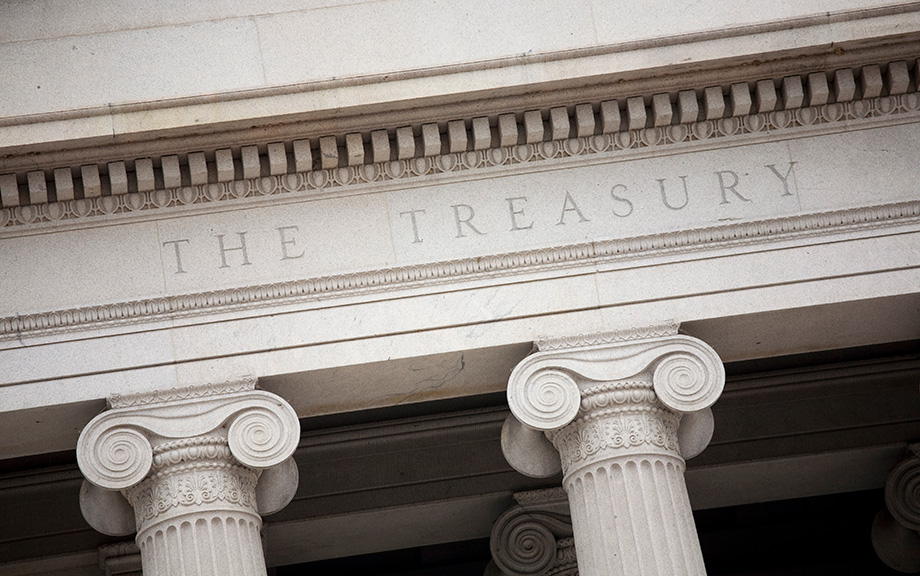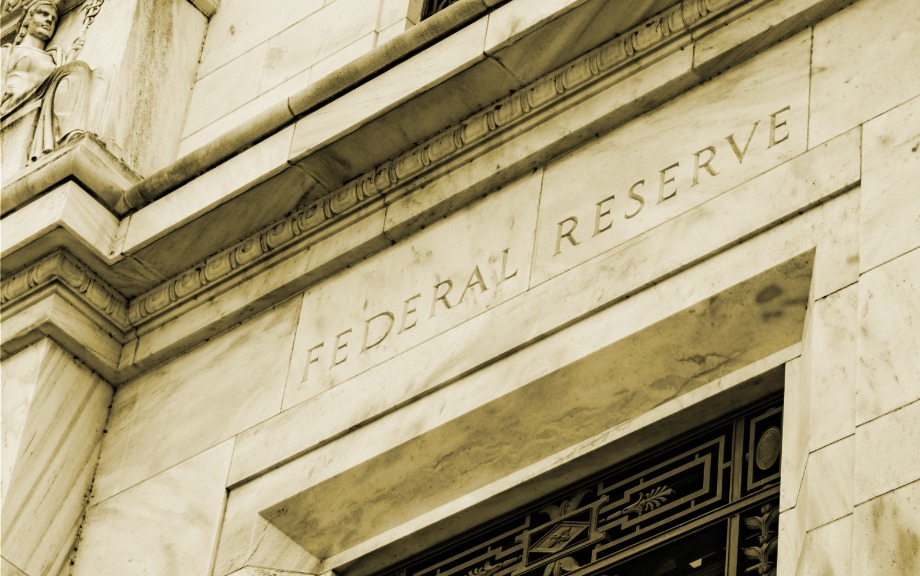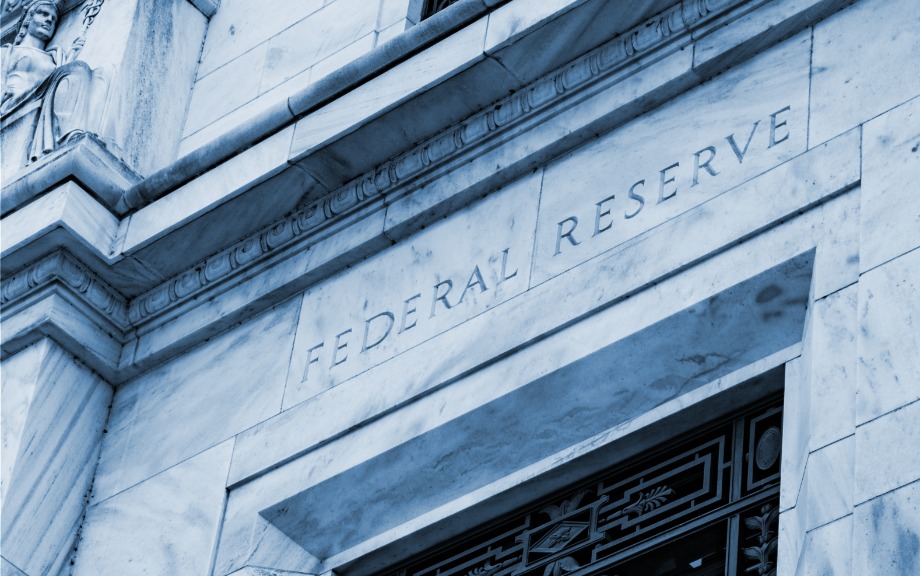Dropping Like a Stone: ON RRP Take‑up in the Second Half of 2023

Take-up at the Overnight Reverse Repo Facility (ON RRP) has halved over the past six months, declining by more than $1 trillion since June 2023. This steady decrease follows a rapid increase from close to zero in early 2021 to $2.2 trillion in December 2022, and a period of relatively stable balances during the first half of 2023. In this post, we interpret the recent drop in ON RRP take-up through the lens of the channels that we identify in our recent Staff Report as driving its initial increase.
Treasury Bill Supply and ON RRP Investment

Take-up at the Federal Reserve’s Overnight Reverse Repo Facility (ON RRP) increased from a few billion dollars in January 2021 to around $2.6 trillion at the end of December 2022. In this post, based on a recent Staff Report, we explain how the supply of U.S. Treasury bills (T-bills) affects the decision of money market mutual funds (MMFs) to invest at the facility. We show that MMFs responded to a reduction in T-bill supply by increasing their take-up at the ON RRP, helping to explain the increased overall take-up.
Banks’ Balance‑Sheet Costs and ON RRP Investment

Daily investment at the Federal Reserve’s Overnight Reverse Repo (ON RRP) facility increased from a few billion dollars in March 2021 to more than $2.3 trillion in June 2022 and has stayed above $2 trillion since then. In this post, which is based on a recent staff report, we discuss two channels—a deposit channel and a wholesale short-term debt channel—through which banks’ balance-sheet costs have increased investment by money market mutual funds (MMFs) in the ON RRP facility.
The Fed’s Balance Sheet Runoff: The Role of Levered NBFIs and Households

In a Liberty Street Economics post that appeared yesterday, we described the mechanics of the Federal Reserve’s balance sheet “runoff” when newly issued Treasury securities are purchased by banks and money market funds (MMFs). The same mechanics would largely hold true when mortgage-backed securities (MBS) are purchased by banks. In this post, we show what happens when newly issued Treasury securities are purchased by levered nonbank financial institutions (NBFIs)—such as hedge funds or nonbank dealers—and by households.
The Fed’s Balance Sheet Runoff and the ON RRP Facility

A 2017 Liberty Street Economics post described the balance sheet effects of the Federal Open Market Committee’s decision to cease reinvestments of maturing securities—that is, the mechanics of the Federal Reserve’s balance sheet “runoff.” At the time, the overnight reverse repo (ON RRP) facility was fairly small (less than $200 billion for most of July 2017) and was not mentioned in the post for the sake of simplicity. Today, by contrast, take-up at the ON RRP facility is much larger (over $1.5 trillion for most of 2022). In this post, we update the earlier analysis and describe how the presence of the ON RRP facility affects the mechanics of the balance sheet runoff.
How the Fed’s Overnight Reverse Repo Facility Works

Daily take-up at the overnight reverse repo (ON RRP) facility increased from less than $1 billion in early March 2021 to just under $2 trillion on December 31, 2021. In the second post in this series, we take a closer look at this important tool in the Federal Reserve’s monetary policy implementation framework and discuss the factors behind the recent increase in volume.
How the Federal Reserve’s Monetary Policy Implementation Framework Has Evolved

In a series of four posts, we review key elements of the Federal Reserve’s monetary policy implementation framework. The framework has changed markedly in the last two decades. Prior to the global financial crisis, the Fed used a system of scarce reserves and fine-tuned the supply of reserves to maintain rate control. However, since then, the Fed has operated in a floor system, where active management of the supply of reserves no longer plays a role in rate control, but rather the Fed’s administered rates influence the federal funds rate. In this first post, we discuss the salient features of the implementation framework in a stylized way.










 RSS Feed
RSS Feed Follow Liberty Street Economics
Follow Liberty Street Economics